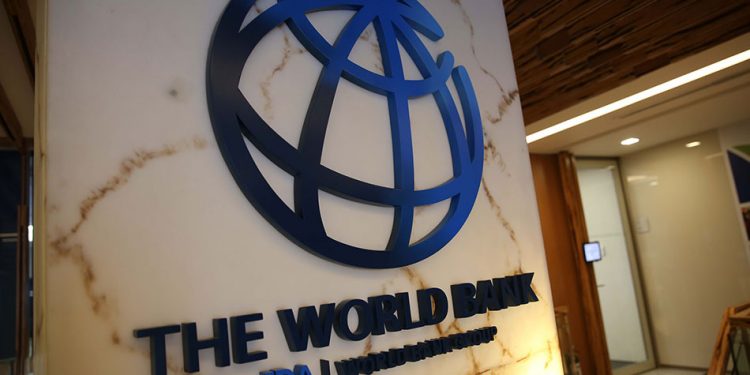The debt burden of the world’s low-income countries rose 12% to a record $860 billion in 2020 as countries responded to the COVID-19 crisis with massive fiscal, monetary, and financial stimulus packages, the World Bank said in a report released Monday.
World Bank President David Malpass said the report showed a dramatic increase in the debt vulnerabilities facing low- and middle-income countries and called for urgent steps to help countries reach more sustainable debt levels.
“We need a comprehensive approach to the debt problem, including debt reduction, swifter restructuring and improved transparency,” Malpass said in a statement accompanying the new International Debt Statistics 2022 report.
“Sustainable debt levels are vital for economic recovery and poverty reduction,” he said.
The report said the external debt stocks of low- and middle-income countries combined rose 5.3% in 2020 to $8.7 trillion, affecting countries in all regions.
It said the rise in external debt outpaced gross national income (GNI) and export growth, with the external debt-to-GNI ratio, excluding China, rising five percentage points to 42% in 2020, while their debt-to-export ratio surged to 154% in 2020 from 126% in 2019.
Malpass said debt restructuring efforts were urgently needed given the expiration at the end of this year of the Group of 20 major economies’ Debt Service Suspension Initiative (DSSI), which has offered temporary deferral of debt payments.
The G20 and Paris Club of official creditors launched a Common Framework for Debt Treatments last year to restructure unsustainable debt situations and protracted financing gaps in DSSI-eligible countries, but only three countries – Ethiopia, Chad and Zambia – have applied thus far.
The report showed that net inflows from multilateral creditors to low- and middle-income countries rose to $117 billion in 2020, the highest level in a decade.
Net lending to low-income countries rose 25% to $71 billion, also the highest level in a decade, with the IMF and other multilateral creditors providing $42 billion and bilateral creditors $10 billion, it said.
Carmen Reinhart, the World Bank’s chief economist, said the challenges facing highly indebted countries could get worse as interest rates rose.
“Policymakers need to prepare for the possibility of debt distress when financial market conditions turn less benign, particularly in emerging market and developing economies,” she said.
The World Bank said it expanded the 2022 report to boost transparency about global debt levels by providing more detailed and disaggregated data on external debt.
The data now include a breakdown of a borrowing country’s external debt stock to show the amount owed to each official and private creditor, the currency composition of this debt, and the terms on which loans were extended.
For DSSI-eligible countries the data also show the debt service deferred in 2020 by each bilateral creditor and the projected month-by-month debt-service payments owed to them through 2021.







